Oral Cancer: Symptoms, Causes, Stages, Diagnosis, and Treatment
Oral cancer, which is the most frequently occurring type of head and neck cancer, predominantly affects individuals who are sixty years and older. It has an impact on the lips, tongue, floor and roof of the mouth, oropharynx, sides of the throat, and tonsils. Roughly 11 people in 100,000 get oral cancer, with men being more prone than women, while whites are at a greater risk compared to blacks. This blog offers trustworthy information concerning oral cancer.
What is Oral Cancer?
Oral cancer, often called mouth cancer, is a type of cancer that starts in the mouth and affects the lips, gums, tongue, inner lining of the cheeks, roof of the mouth, and floor of the mouth. It belongs to the category of head and neck cancers and is often treated in a similar way as other head and neck cancers. Oral cancer is also sometimes referred to as oral cavity cancer.
Oral cancer mostly affects men over the age of forty, and it is usually associated with the use of tobacco or liquor. The majority of individuals are diagnosed between the ages of 60 and 70. The major cause of throat cancer is the human papilloma virus (HPV). It has been reported that 63% of people with oral cavity cancer will live for five years after they are diagnosed with it. It starts in squamous cells in the mouth and throat; alterations in DNA lead to the development of tumors.
Oral Cancer Symptoms
Most of the mouth issues or variations may be confused with oral cancer. One might notice unremovable patches in the mouth and throat, which may be pre-cancerous conditions. They are white or gray, somewhat raised, as well as profound and flat with shades. When scratched, they might cause blood; therefore, they can be mistaken for dental problems. However, the following are a few common indications and symptoms of oral cancer:
- Soreness, irritation, lump, or thick patch in the mouth, lip, or throat.
- Persistent sore throat, hoarseness, or voice loss.
- Difficulty in chewing, swallowing, or speaking.
- Lump in the neck.
- Jaw swelling.
- Mouth pain or bleeding.
- Difficulty moving the jaw or tongue.
- Tongue or mouth numbness
- Ear pain.
- Unintentional weight loss.
- Chronic bad breath.
- Over 3-week-long mouth ulcers.
- Masses or tumors in the mouth.
Many other conditions can also include these signs. If one has these symptoms, that doesn’t mean they have mouth cancer, but it’s advisable to see a doctor or dentist for verification. If cancer is the cause of the signs, detecting it early would make it less difficult to treat. If one notices any of these changes for more than 2 weeks, it may indicate a serious health issue, and they should visit the doctor immediately for evaluation.
Are There Any Suspicious And Long-Lasting Oral Symptoms? Don’t Wait.
Types of Oral Cancer
There are some common and less common types of oral cancer, which include:
- Squamous cell carcinoma: The most common type of mouth cancer is squamous cell carcinoma. It accounts for 90% of all cases. Squamous cells are found in various parts of the body, such as inside the mouth and beneath the skin.
Less common types of oral cancer include:
- Oral malignant carcinoma: Oral malignant melanoma, where cancer originates from special skin pigment-forming cells known as melanocytes, which supply color to the skin.
- Adenocarcinoma: Adenocarcinomas are tumors that develop within saliva-secreting glands.
These oral cancers can affect the lips, tongue, cheek inner lining, gums, mouth floor, and hard and soft palates.
Oral Cancer Causes
Some of the common causes of oral cancer include:
- Tobacco and alcohol consumption: Any type of tobacco use, such as smoking cigars, pipes, or cigarettes, smoking electronic cigarettes, chewing tobacco, and placing snuff in the mouth, can put one at risk for oral cancer. Heavy consumption of alcohol also increases the risk. The use of both tobacco and alcohol increases the risk even more.
- Human Papillomavirus (HPV): The HTV-16 subtype has been associated with oral cancers.
- Age: The risk becomes more significant with age. Most people suffering from oral cancer are over 40 years old.
- Sun exposure: Longlasting exposure to sunshine might be a causative factor for lip cancer in some cases.
- Undernutrition: Studies have established that a low intake of nutrients and vitamins correlates with increased chances of getting oral cancer.
Heredity: People carrying mutations within specific gene loci have elevated chances of getting oral cavity neoplasms and oropharyngeal carcinomas.
Have a medical concern that’s worrying you?
Oral cancer risk factors
Oral cancer is a common health issue, with risk factors including smoking and tobacco use, excessive alcohol consumption, a family history of cancer, excessive sun exposure, human papillomavirus (HPV), a weakened immune system, poor nutrition, genetic syndromes, and being male. HPV (Human Papilloma Virus) is connected to more than two-thirds of oropharyngeal cancer cases affecting the back of the tongue, throat, and tonsils. Smoking, particularly cigarette, cigar, or pipe smoking, increases the likelihood of developing oral cancers. Smokeless tobacco use, particularly in the cheeks, gums, and lining of the lips, is also directly linked to oral cancer. Age, gender, poor diet, and weakened immune systems also contribute to oral cancer risk.
Oral Cancer Stages
Oral cancer stages are categorised based on the involvement of HPV. The stage groups are as follows:
Staging of oral cancer without HPV involvement
- Stage 0: It is confined to the layer of cells closest to the skin and has not spread to the lymph nodes or any other organs.
- Stage I: A tumor that is deep-seated but measures smaller than or equal to 2 cm and shows no sign of metastasis is considered a Stage I tumor.
- Stage II: A stage II tumor measures between 2 cm and 4 cm in diameter and is slightly bigger than before, yet it has not spread beyond this.
- Stage III: The tumor could also be more than half an inch; this may involve one single lymph node only or spread towards an epiglottis.
- Stage IVA: Cancer has invaded other areas of the mouth or face away from the original site(s), even involving multiple nodes.
- Stage IVB: It could be found within tissues surrounding lymph nodes themselves, etc., thereby growing larger part by part into different areas throughout the head and neck.
- Stage IVC: The cancer is spread to other parts of the body.
Staging of oral cancer with HPV involvement
- Stage I: A tumor that is up to 4 cm in size and may have spread to some nearby lymph nodes but not moved anywhere else in your body.
- Stage II: The tumor can measure over 4 centimeters across, invade more lymph nodes, or attack your epiglottis.
- Stage III: It’s bigger at this stage, or perhaps the cancer has invaded other areas within the mouth or face itself.
- Stage IV: The cancer cells have spread into different parts of the patient’s body.
Oral Cancer Diagnosis
The doctor might be able to recognize probable oral cancer in the course of the routine examinations. They may then conduct preliminary tests or direct one to an oral and maxillofacial surgeon or head and neck surgeon. More particularly, the dentist will palpate the neck, head, face, and oral cavity for any lumps or anomalous tissue modifications. In the mouth, the dentist may look for sores or discolored tissues.
In case any suspicious finding occurs, therefore, refer to any of the following necessary tests:
- Physical examination: The doctor will do a thorough physical examination by looking at the inside of your mouth and possibly feeling around it. They will also check out your head, face, and neck for any signs that one might have a pre-cancerous or a cancerous condition.
- Incisional biopsy: This is another procedure where the doctor removes small pieces of tissue from areas suspected to contain cancerous cells.
- Fine-needle aspiration: This method is performed to analyze a neck mass or lymph node. A doctor uses a hollow, pointed needle and draws out a cell sample using some special kind of syringe.
- Brush biopsy: It is also known as scrape or exfoliating cytology, involves the use of a small brush or spatula by healthcare professionals to gently scrape the area in question in order to obtain cells to be examined for cancer.
- Indirect laryngoscopy and pharyngoscopy: This involves using a small mirror on the end of a long, thin handle for the throat examination, as well as the base of the tongue and part of the larynx (voice box).
- Direct pharyngoscopy and laryngoscopy: On the contrary, when it comes to direct (flexible) pharyngoscopy and laryngoscopy, they may opt for an endoscope that allows them to view areas within the throat and mouth that are not visible via mirrors. An endoscope is a small, thin, flexible tube with an attached light and lens used for viewing purposes.
- Scans: Numerous types of imaging tests can help determine if cancer has spread from the mouth. These imaging tests comprise a smear, CT, MRI, and positron emission tomography (PET) scan. Not every person needs each test. The doctor decides what tests are appropriate for each.
Concerned about your diagnosis? Contact us for expert care and relief today!
Oral Cancer Treatment
Mouth cancer treatment depends on factors like tumor size, location, spread, age, and general health. Combinations of treatments may include in some cases. A specialist treatment team will explain treatments, benefits, and side effects, and they will also work with the patient to create a personalized plan to manage side effects. The treatment options for oral cancer include:
- Surgery: For cancer in the oral cavity, surgery is often the first course of action. A surgeon will often excise the growth along with any adjacent tissues that contain malignancies. Depending on its location, this may be done through the mouth or via an incision located in one’s neck region. The doctor might also want to eradicate lymph nodes so as to avert further metastasis.
Possibly, huge portions of the tongue, jawbone, or even the upper part of your mouth may need to be removed. In such instances, you may undergo reconstructive surgery that aids eating and speech.
Radiotherapy or chemotherapy may follow after surgery, aiming to eliminate any remaining cancerous cells.
- Chemotherapy: Anti-cancer drugs that kill tumorous tissues may be part of chemotherapy prescribed by the physician, including many forms that affect most areas within your body.
- Radiation therapy: Strong beams of radiation energy are used in radiation therapy to kill or prevent the growth of cancer cells. In some cases, the doctor might use radiation therapy along with other treatments.
- Immunotherapy: This is a type of cancer treatment that involves using the immune system to combat the illness, sometimes referred to as biological therapy.
- Targeted therapy: This treatment for cancer involves using drugs or other substances that can specifically identify and target certain types of cancer cells without harming healthy ones. Monoclonal antibodies, which are laboratory-made immune system proteins, are often used for treating cancer.
Conclusion
Many people find it hard to believe they have oral cancer because it does not show noticeable symptoms until the advanced stages, which generally makes the treatment less effective. Early diagnosis can save lives or give a more favorable prognosis, thereby improving the quality of life for those diagnosed with this type of malignant disease. This means that people at risk need knowledge about what causes the disease so they can make better choices. Tobacco use is one contributing factor; uncontrolled drinking (alcohol) constitutes another; and HPV infection is also implicated. The best way to deal with these factors is to give up risky behaviors such as smoking cigarettes, among others, that are associated with an increased likelihood of developing cancer in later years. All else aside, don’t forget! Consult a doctor if one discovers any freakish changes occurring around the mouth during dental checks, like lesions that don’t heal.
Yashoda Hospitals is a top oral cancer hospital in Hyderabad, renowned for its experienced oncologists, mouth specialist doctors, and advanced infrastructure. It offers world-class facilities for effective cancer management, allowing patients to return to routine life quickly. Our team of leading oncologists at the Yashoda Cancer Institute has great experience in dealing with oral cancer and treating it with the best functional outcomes.
References:
- Introduction: https://www.mayoclinic.org/diseases-conditions/mouth-cancer/symptoms-causes/syc-20350997
- Symptoms: https://my.clevelandclinic.org/health/diseases/11184-oral-cancer
- Types: https://www.nhsinform.scot/illnesses-and-conditions/cancer/cancer-types-in-adults/mouth-cancer/
- Causes: https://www.nidcr.nih.gov/health-info/oral-cancer#symptoms
- Stages: https://www.webmd.com/oral-health/oral-cancer
- Diagnosis & Treatment: https://www.healthline.com/health/oral-cancer#treatment
About Author –

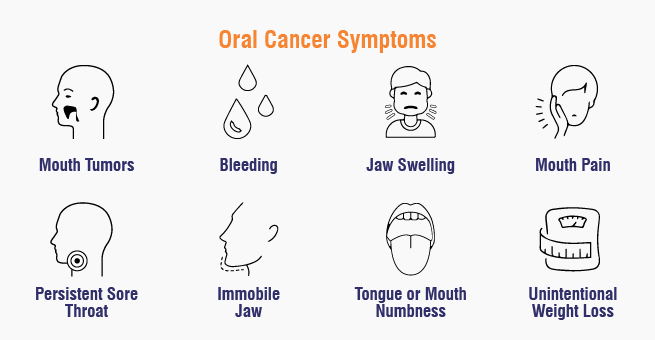
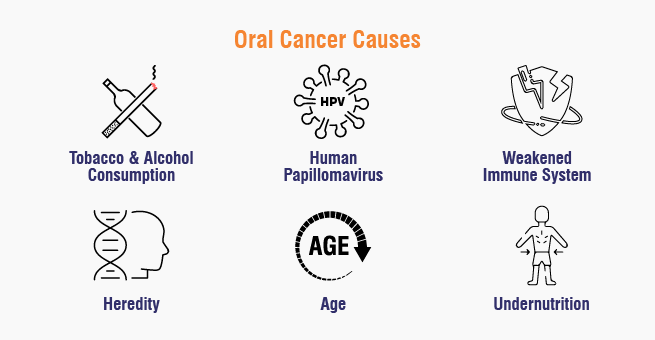
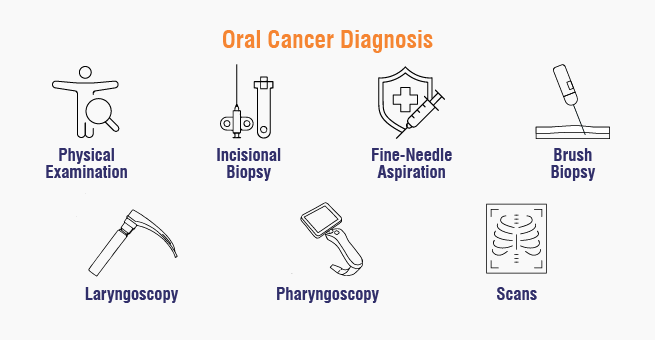
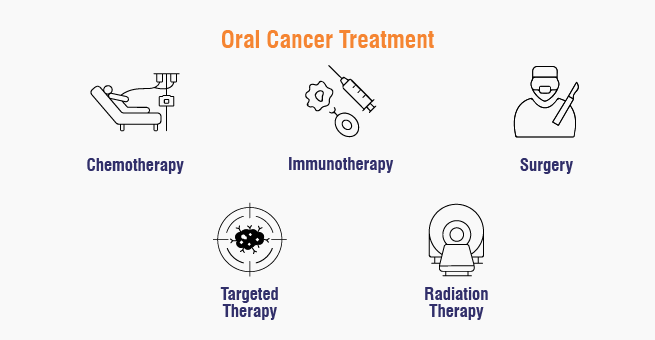
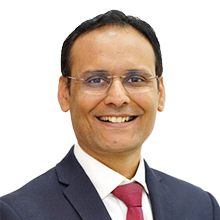


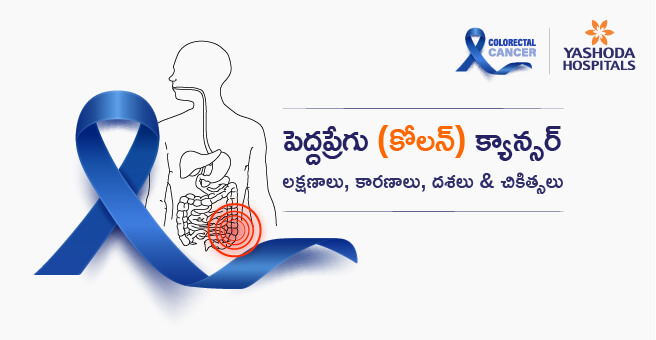



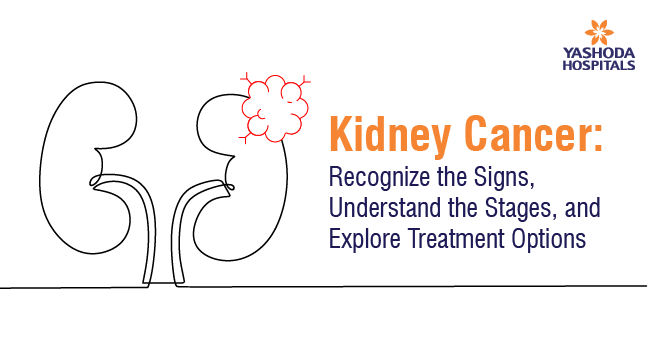


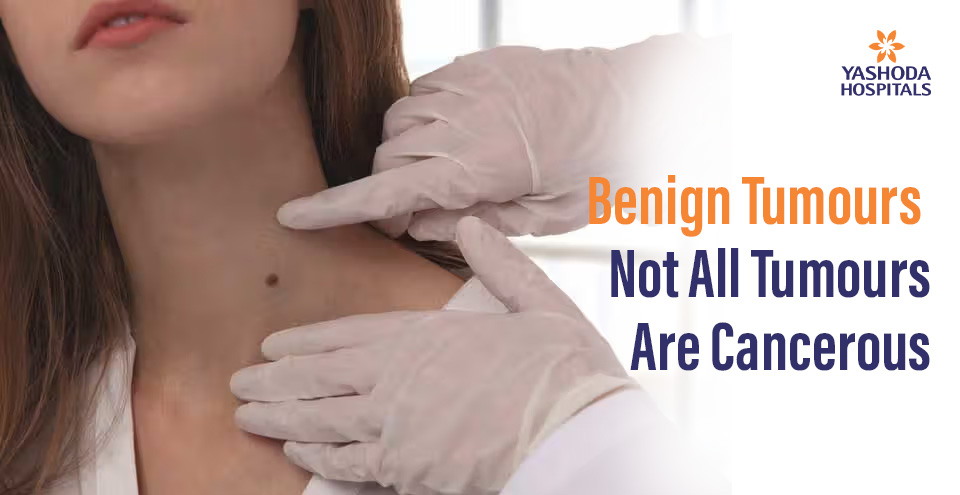





 Appointment
Appointment WhatsApp
WhatsApp Call
Call More
More

